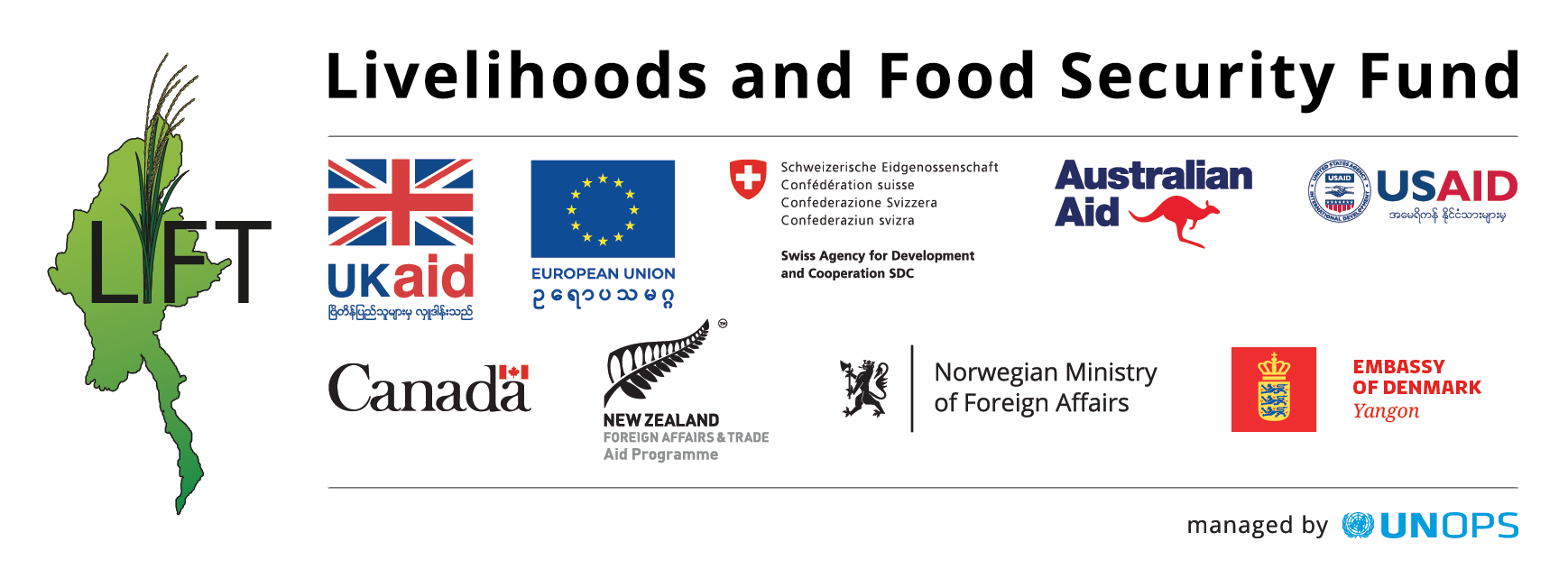
Fish, next to rice, is one of the two main sources of Myanmar’s food security. (Belton et al. 2015) Availability and access to fish is considered very important especially for poorer segments of the population.
The NOAC project document acknowledges “Livestock and fish can play an essential role in the subsistence economy of rural households in Chin State.” (MIID & Cornell University 2016: 7) Furthermore, it proposes fishponds to be linked into integrated small-scale farming approaches that aim at linking fish and crop farming with livestock raising in a mutually beneficial manner. While the initial project proposal focused exclusively on aquaculture and its potential linkages into integrate farming practices, the Inception Mission found that most fish consumed comes from natural water bodies that are coming increasingly under threat as they are largely unmanaged. The Chin State Department of Fisheries highlighted “environmental protection” of fisheries habitats as its highest priority for future actions. Thus, it was also recommended to take stock of the natural wild fisheries, its ecological context, fishing practices focusing mainly on its selected target villages. (NOAC 2016: 38)
This report presents the findings from a field assessment of the aquaculture practices and how community members access wild fish in NOAC target villages. Recommendations are formulated for NOAC to implement during the project period in the next 30 months.


